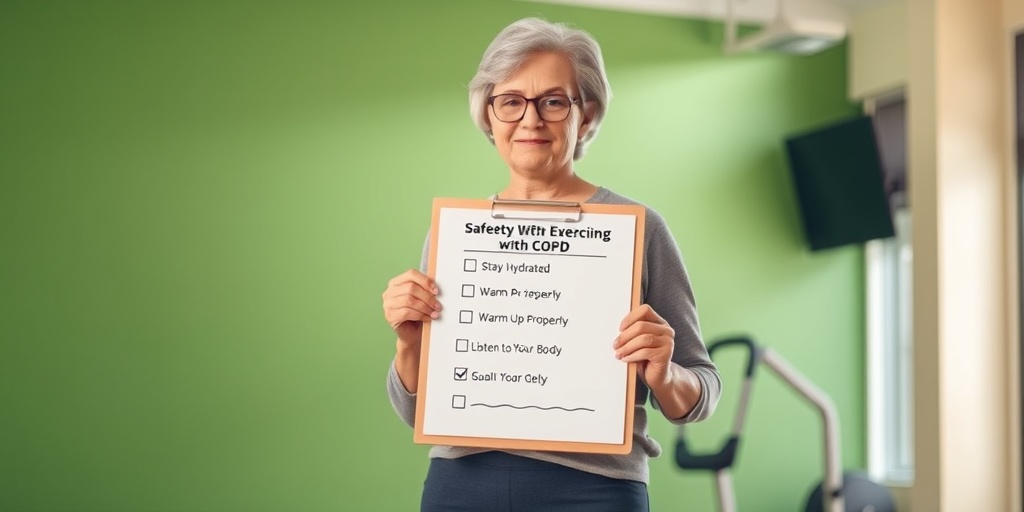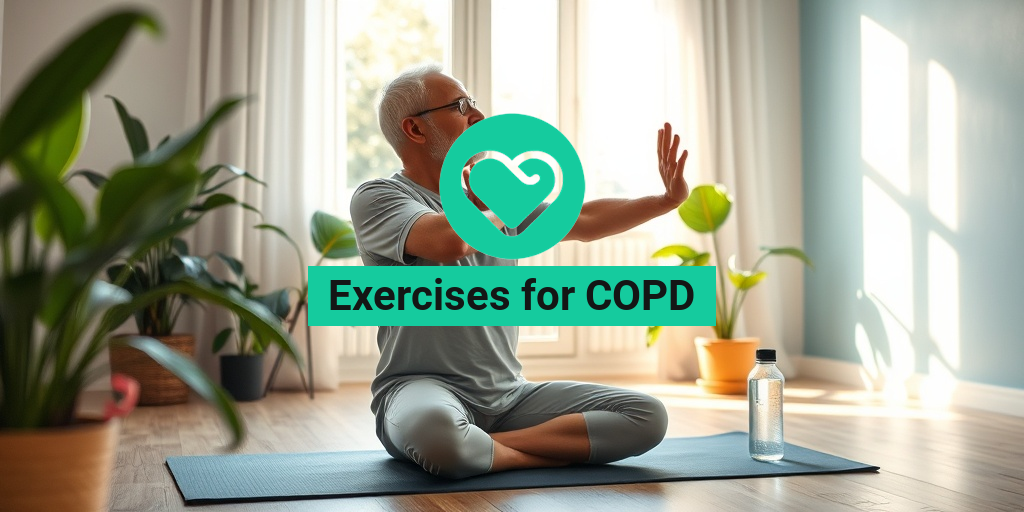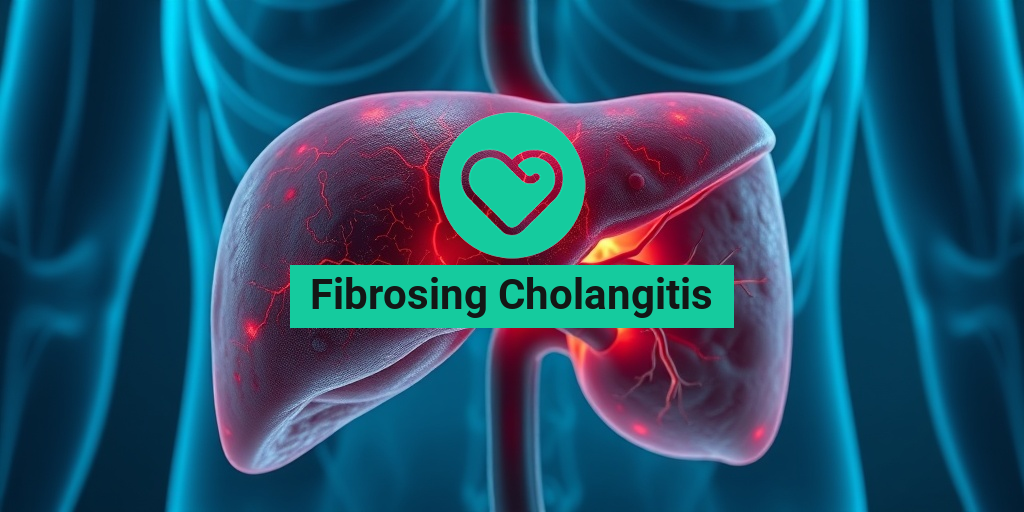What Is COPD?
Chronic Obstructive Pulmonary Disease (COPD) is a progressive lung disease that makes it difficult to breathe. It encompasses a group of conditions, primarily emphysema and chronic bronchitis, which cause airflow obstruction and breathing-related problems. COPD is often caused by long-term exposure to irritants that damage the lungs and airways, with cigarette smoke being the most common culprit. However, other factors such as air pollution, chemical fumes, and dust can also contribute to the development of this condition.
According to the World Health Organization (WHO), COPD is a leading cause of morbidity and mortality worldwide. It affects millions of people, and while it is often preventable, many individuals remain undiagnosed until the disease has progressed significantly. Understanding COPD is crucial for managing symptoms and improving quality of life.
Understanding the Stages of COPD
COPD is classified into four stages, ranging from mild to very severe. Each stage is characterized by the severity of symptoms and airflow limitation:
- Stage 1 (Mild): Often asymptomatic, with occasional cough or sputum production.
- Stage 2 (Moderate): Increased shortness of breath, especially during physical activity.
- Stage 3 (Severe): Significant limitations in airflow, frequent exacerbations, and increased breathlessness.
- Stage 4 (Very Severe): Severe airflow limitation, respiratory failure, and a high risk of complications.
COPD Symptoms
The symptoms of COPD can vary from person to person, but they generally worsen over time. Recognizing these symptoms early can lead to timely intervention and better management of the disease. Here are some common symptoms associated with COPD:
1. Shortness of Breath
One of the hallmark symptoms of COPD is shortness of breath, especially during physical activities. Individuals may find themselves easily fatigued or out of breath after simple tasks, such as climbing stairs or walking short distances.
2. Chronic Cough
A persistent cough that produces mucus is another common symptom. This cough may be worse in the morning and can be mistaken for a regular smoker’s cough. Over time, the cough may become more frequent and severe.
3. Wheezing
Wheezing is a high-pitched whistling sound that occurs when breathing, particularly during exhalation. It is often a sign of narrowed airways and can be distressing for those experiencing it.
4. Chest Tightness
Many individuals with COPD report a feeling of tightness or pressure in the chest. This sensation can be uncomfortable and may lead to anxiety about breathing.
5. Frequent Respiratory Infections
People with COPD are more susceptible to respiratory infections, such as colds and pneumonia. These infections can exacerbate symptoms and lead to further complications.
6. Fatigue
Chronic fatigue is common among COPD patients, often due to the increased effort required for breathing. This fatigue can significantly impact daily activities and overall quality of life.
7. Cyanosis
Cyanosis is a bluish tint to the lips or fingernails, indicating low oxygen levels in the blood. This is a serious symptom that requires immediate medical attention.
Recognizing these symptoms is essential for early diagnosis and management of COPD. If you or someone you know is experiencing these signs, it’s important to consult a healthcare professional for evaluation and potential treatment options.
For those living with COPD, incorporating exercises for COPD into their daily routine can significantly improve lung function and overall well-being. Resources like Yesil Health AI can provide evidence-based health answers and guidance on suitable exercises tailored for COPD patients.
In conclusion, understanding COPD and its symptoms is vital for effective management. By staying informed and proactive, individuals can lead healthier, more active lives despite their diagnosis. 🌬️💪

COPD Causes and Risk Factors
Chronic Obstructive Pulmonary Disease (COPD) is a progressive lung disease that makes it difficult to breathe. Understanding the causes and risk factors associated with COPD is crucial for prevention and management. Here, we’ll explore the primary contributors to this condition.
1. Smoking
The leading cause of COPD is cigarette smoking. Approximately 85-90% of COPD cases are linked to smoking. The harmful chemicals in tobacco smoke damage the lungs and airways, leading to inflammation and narrowing of the air passages.
2. Environmental Factors
Long-term exposure to air pollutants, such as dust, fumes, and chemicals, can significantly increase the risk of developing COPD. This is particularly relevant for individuals working in industries like construction, mining, or manufacturing.
3. Genetic Factors
Some individuals may have a genetic predisposition to COPD. A rare genetic disorder known as alpha-1 antitrypsin deficiency can lead to lung damage and increase the risk of developing COPD, even in non-smokers.
4. Age and Gender
COPD typically affects older adults, with most diagnoses occurring in individuals over the age of 40. Additionally, men are more likely to develop COPD, although the gap is narrowing as more women take up smoking.
5. Respiratory Infections
Frequent respiratory infections during childhood can increase the risk of developing COPD later in life. Conditions like bronchitis and pneumonia can cause lasting damage to the lungs.
6. Asthma
Individuals with a history of asthma may also be at a higher risk for developing COPD. Chronic inflammation and airway hyperreactivity associated with asthma can contribute to lung damage over time.
Benefits of Exercise for COPD
Engaging in regular exercise can be a game-changer for individuals living with COPD. While it may seem daunting, incorporating exercises for COPD into your routine can lead to significant improvements in overall health and quality of life. Here are some key benefits:
1. Improved Lung Function
Exercise helps strengthen the respiratory muscles, enhancing lung capacity and efficiency. This can lead to better oxygenation of the body and reduced breathlessness during daily activities.
2. Increased Endurance
Regular physical activity can improve your stamina, allowing you to engage in daily tasks with less fatigue. This is particularly beneficial for COPD patients who often experience shortness of breath.
3. Enhanced Mood and Mental Health
Exercise releases endorphins, which can help alleviate feelings of anxiety and depression. For many COPD sufferers, maintaining a positive outlook is crucial for managing their condition.
4. Weight Management
Maintaining a healthy weight is essential for individuals with COPD. Exercise can help manage weight, reducing the strain on the lungs and improving overall health.
5. Better Sleep Quality
Regular physical activity can lead to improved sleep patterns. Better sleep can enhance recovery and overall well-being, making it easier to cope with the challenges of COPD.
6. Social Interaction
Participating in group exercise classes or activities can provide social support, which is vital for emotional health. Connecting with others who understand your struggles can be incredibly beneficial.
Incorporating exercises for COPD into your daily routine can be a powerful tool in managing your condition. Whether it’s through structured programs or simple activities at home, the benefits are undeniable. Remember to consult with a healthcare professional before starting any new exercise regimen to ensure it’s safe and appropriate for your specific situation. 🏃♂️💨

Types of Exercises for COPD
Chronic Obstructive Pulmonary Disease (COPD) can significantly impact your quality of life, but engaging in regular exercise can help manage symptoms and improve overall health. Here are some effective exercises for COPD that can be tailored to your individual needs and abilities.
Aerobic Exercises
Aerobic exercises are essential for improving cardiovascular health and lung function. These activities increase your heart rate and help improve your endurance. Some suitable aerobic exercises for COPD patients include:
- Walking: A simple yet effective way to get moving. Start with short distances and gradually increase as your stamina improves.
- Swimming: The buoyancy of water reduces strain on your joints and makes breathing easier.
- Cycling: Stationary bikes are a great option, allowing you to control the intensity of your workout.
When starting any aerobic exercise, aim for at least 30 minutes a day, five days a week. Always listen to your body and adjust the intensity as needed. 🚶♂️💦
Strength Training
Incorporating strength training into your routine can help build muscle mass and improve overall strength, which is crucial for daily activities. Here are some strength training exercises suitable for COPD patients:
- Resistance Bands: These are excellent for low-impact strength training. They can be used for various exercises targeting different muscle groups.
- Bodyweight Exercises: Simple movements like squats, wall push-ups, and seated leg lifts can enhance strength without overexertion.
- Light Weights: If you’re comfortable, using light dumbbells can help build upper body strength.
Start with one to two sets of 8-12 repetitions, focusing on major muscle groups. Aim for strength training at least two times a week. 💪
Flexibility and Stretching Exercises
Flexibility exercises are vital for maintaining a good range of motion and preventing injuries. Incorporating stretching into your routine can also help with relaxation and breathing. Consider these flexibility exercises:
- Neck Stretches: Gently tilt your head to each side to relieve tension.
- Shoulder Rolls: Roll your shoulders forward and backward to loosen tight muscles.
- Hamstring Stretch: While seated, extend one leg and reach towards your toes to stretch your hamstrings.
Perform these stretches daily, holding each stretch for 15-30 seconds. 🧘♀️
Breathing Techniques
Effective breathing techniques are crucial for individuals with COPD, as they can help improve lung function and reduce breathlessness. Here are some beneficial breathing techniques for COPD patients:
Pursed-Lip Breathing
This technique helps slow down your breathing and makes it easier to exhale. Here’s how to do it:
- Inhale slowly through your nose for two counts.
- Purse your lips as if you’re going to whistle.
- Exhale slowly and gently through your pursed lips for four counts.
Practice this technique during physical activities or whenever you feel short of breath. 🌬️
Diaphragmatic Breathing
Diaphragmatic breathing focuses on using your diaphragm effectively, allowing for deeper breaths. Follow these steps:
- Lie on your back with your knees bent or sit comfortably.
- Place one hand on your chest and the other on your abdomen.
- Inhale deeply through your nose, ensuring your abdomen rises while your chest remains still.
- Exhale slowly through your mouth, feeling your abdomen fall.
Practice this technique for 5-10 minutes daily to enhance your breathing efficiency. 🛌
Controlled Coughing
Controlled coughing can help clear mucus from your lungs, making it easier to breathe. Here’s how to do it:
- Sit in a comfortable position with your shoulders relaxed.
- Take a deep breath in through your nose.
- Hold your breath for a moment, then cough gently while exhaling.
This technique can be particularly useful during flare-ups or when you feel congested. 🤧
Incorporating these exercises for COPD and breathing techniques into your daily routine can significantly improve your lung function and overall well-being. Always consult with your healthcare provider before starting any new exercise program to ensure it’s safe and appropriate for your condition. 🌟

Creating an Exercise Plan
When it comes to managing Chronic Obstructive Pulmonary Disease (COPD), incorporating regular exercise into your routine can significantly improve your quality of life. However, it’s essential to create a tailored exercise plan that suits your individual needs and capabilities. Here’s how to get started:
Assess Your Current Fitness Level
Before diving into any exercise regimen, it’s crucial to assess your current fitness level. This can help you understand what types of exercises are appropriate for you. Consider the following:
- Consult Your Doctor: Always start by discussing your exercise plans with your healthcare provider. They can provide personalized recommendations based on your health status.
- Monitor Your Symptoms: Keep track of how you feel during daily activities. This can help you gauge your endurance and identify any limitations.
Set Realistic Goals
Setting achievable goals is vital for maintaining motivation. Here are some tips for goal-setting:
- Short-Term Goals: Aim for small, manageable targets, such as walking for 10 minutes a day.
- Long-Term Goals: Gradually increase your activity level, aiming for at least 150 minutes of moderate aerobic activity each week.
Choose the Right Exercises
When selecting exercises for COPD, focus on activities that enhance your lung function and overall fitness. Here are some effective options:
- Aerobic Exercises: Activities like walking, cycling, or swimming can improve your cardiovascular health. Start slow and gradually increase intensity.
- Strength Training: Incorporate light weights or resistance bands to build muscle strength. This can help improve your endurance for daily activities.
- Flexibility Exercises: Stretching and yoga can enhance flexibility and reduce muscle tension, making it easier to breathe.
Incorporate Breathing Exercises
Breathing exercises are particularly beneficial for COPD patients. They can help improve lung function and reduce shortness of breath. Consider adding the following to your routine:
- Pursed-Lip Breathing: Inhale through your nose and exhale slowly through pursed lips. This technique helps keep your airways open longer.
- Diaphragmatic Breathing: Focus on using your diaphragm to breathe deeply, which can enhance oxygen intake.
Safety Tips for Exercising with COPD
While exercise is beneficial for those with COPD, safety should always be a priority. Here are some essential tips to keep in mind:
Listen to Your Body
Pay close attention to how your body responds during and after exercise. If you experience any of the following symptoms, stop exercising and consult your doctor:
- Increased shortness of breath
- Chest pain or discomfort
- Dizziness or lightheadedness
Choose the Right Environment
Exercising in the right environment can make a significant difference in your comfort and safety:
- Indoor vs. Outdoor: If outdoor air quality is poor or the weather is extreme, consider exercising indoors.
- Temperature Control: Ensure the environment is well-ventilated and at a comfortable temperature to avoid breathing difficulties.
Stay Hydrated
Proper hydration is crucial, especially during exercise. Dehydration can exacerbate COPD symptoms. Make sure to:
- Drink water before, during, and after your workout.
- Avoid caffeine and alcohol, as they can lead to dehydration.
Warm-Up and Cool Down
Always include a warm-up and cool-down in your exercise routine. This helps prepare your body for activity and aids in recovery:
- Warm-Up: Start with 5-10 minutes of light activity, such as walking or gentle stretching.
- Cool Down: Gradually decrease your activity level and finish with stretching to help relax your muscles.
By following these guidelines and creating a personalized exercise plan, you can effectively manage your COPD symptoms and enhance your overall well-being. Remember, consistency is key! 💪

Frequently Asked Questions about Exercises for COPD
What are the best exercises for COPD patients?
For individuals with COPD, low-impact exercises are often recommended. These include:
- Walking: A simple yet effective way to improve endurance.
- Stretching: Helps maintain flexibility and reduce stiffness.
- Strength training: Light weights or resistance bands can enhance muscle strength.
- Breathing exercises: Techniques like pursed-lip breathing can improve lung function.
Can I find exercises for COPD patients in the UK?
Yes! There are numerous resources available in the UK that provide tailored exercises for COPD patients. Local health services often offer pulmonary rehabilitation programs, and you can also find online resources and videos specifically designed for UK residents.
Are there specific exercises for COPD and asthma?
Many exercises beneficial for COPD patients are also suitable for those with asthma. Focus on breathing techniques and gentle aerobic activities to help manage both conditions effectively.
Where can I find a PDF guide for exercises for COPD?
Several health organizations and websites offer downloadable PDF guides that outline exercises for COPD. These resources often include detailed instructions and illustrations to help you perform the exercises correctly.
Are there any YouTube videos for exercises for COPD?
Absolutely! YouTube has a variety of channels dedicated to exercises for COPD sufferers. These videos can provide visual guidance and motivation to help you stay active.
What breathing exercises are recommended for COPD?
Some effective breathing exercises for COPD include:
- Pursed-lip breathing: Helps control shortness of breath.
- Diaphragmatic breathing: Strengthens the diaphragm and improves lung efficiency.
What should I consider before starting exercises for COPD?
Before beginning any exercise program, it’s essential to consult with your healthcare provider. They can help you determine the most suitable exercises for COPD based on your individual health status and needs.




